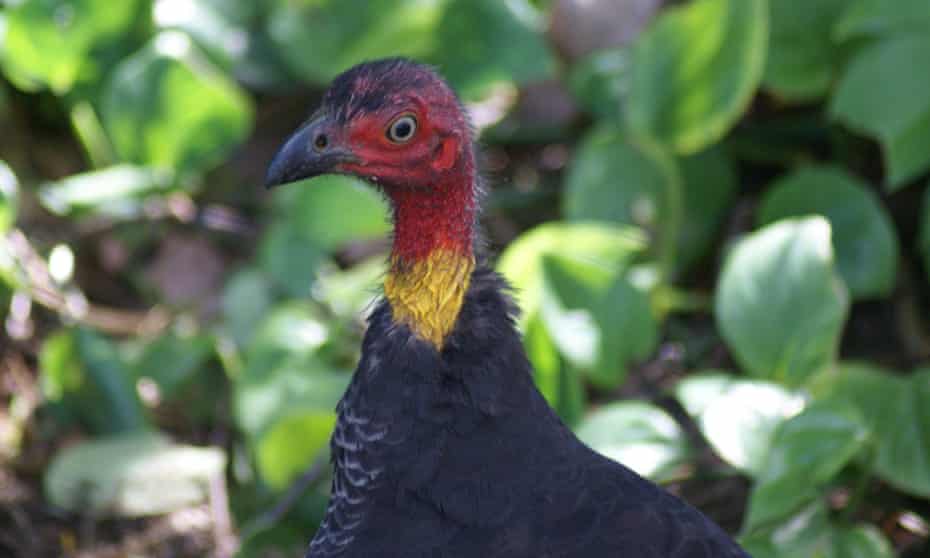The review, published in the journal Annual Review of Environment and Resources, found that 48% of bird species are known or suspected to be undergoing population declines, compared with 39% with flat trends, 6% showing increases and 7% with unknown trends.
Most long-term data is from Europe, North America, India and some sites in Africa but more recent monitoring in Latin America and Asia shows similar results. The population of birds in the US and Canada has fallen by 3bn since 1970, while 600m have disappeared from Europe since 1980.
The review notes the extraordinary range of birds, from Antarctic petrels nesting 200km inland in Antarctica to the Hornby’s storm-petrel found nesting in the Atacama desert. A Rüppell’s vulture has been reported flying at an altitude of 11,300 metres, while emperor penguins can dive more than 500 metres below the sea surface. Birds have huge cultural value but are also vital to ecosystems, including dispersing seeds and eating pests.
Birds are affected by all the impacts of human activity. For example, 2.7m are estimated to die every year in Canada alone from eating pesticides, while domestic cats may kill 2.4bn a year in the US. The most threatened families of birds are those which are larger and take longer to reproduce, including parrots, albatrosses, cranes and stocky birds like the Australian brushturkey. All countries host at least one globally threatened bird species and 10 nations have more than 75, the review found.
Farmland species are declining precipitously, the review said, down 57% in Europe since 1980. This is due to the intensive agriculture that supplies cheap food, Lees said, adding: “If we want farmers to farm wildlife, we have to pay for that as a society.”
Individual species have been rescued, such as the Mauritius kestrel, which was down to one breeding female but has now been revived to a population of hundreds, and the Alagoas curassow in Brazil, which was extinct in the wild but has been restored from birds held by private collectors.
But the review concluded: “The growing footprint of the human population represents the ultimate driver of most threats to avian biodiversity. A lack of progress in conserving [birds] usually reflects a lack of resources or political will, rather than a lack of knowledge of what needs to be done.”
Prof Stuart Pimm, at Duke University, US, said the review was excellent and authoritative, even with the sparse availability of data in some regions. “What is certain is that about two-thirds of all bird species live in tropical forests, and human actions are shrinking those habitats,” said Pimm. “Even without detailed population estimates, their numbers are surely in decline.”
Lees said people need not feel powerless in helping to reverse the decline but added: “We all have connections [to birds]. If a company is associated with deforestation in Brazil, don’t buy stuff from them,” he said. “And if everyone spares as much land as possible within their gardens for nature, then that adds up to quite a large area. Another lever is voting – we get the politicians we vote for.”

No comments:
Post a Comment